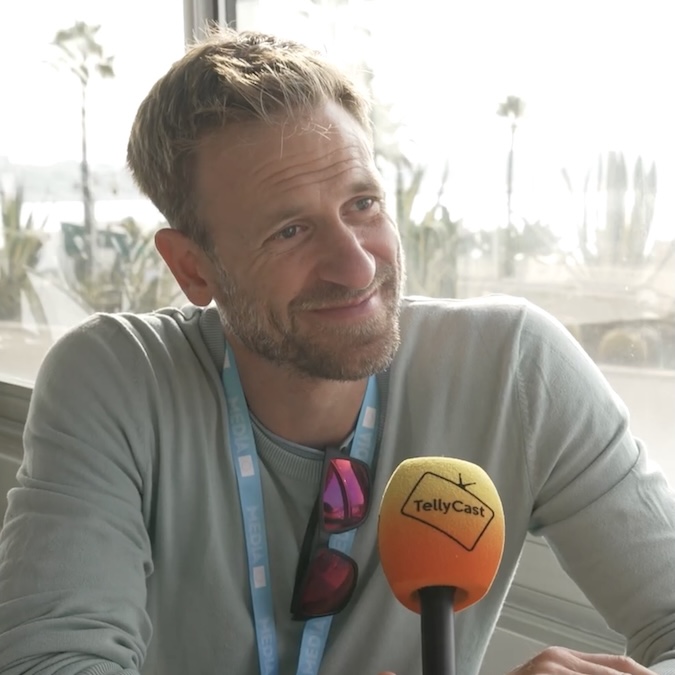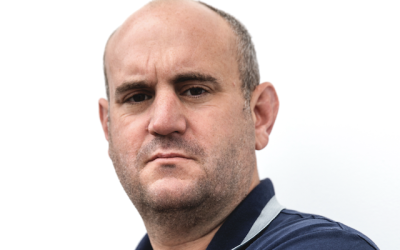When Gerrit Kemming first launched Quintus Studios’ YouTube channel Free Documentary more than a decade ago, few in the traditional TV world took much notice. Back then, YouTube was largely seen as a home for vlogs, pranks, and low-budget experiments – hardly a destination for premium factual storytelling. Fast forward to 2025, and Kemming’s network commands more than 16 million subscribers across multiple channels. At this year’s MIPCOM, as YouTube took centre stage at the world’s biggest TV market, it was clear that the rest of the industry has finally caught up.
“Last year, I felt like even the last person in the industry finally realised there is something going on,” says Kemming. “It’s taken time, but everyone now understands that YouTube isn’t just a trend — it’s the future.”
For years, traditional broadcasters resisted embracing the platform that was quietly siphoning their audiences. The logic was simple: why feed your future competitor? “It’s the classic innovator’s dilemma,” Kemming says. “They had this big cash-cow business with TV and broadcasting. Why would they nurture the thing that could disrupt it?” But the shift has now become unavoidable. “They’ve realised they need to act. And with their money, talent, and infrastructure, they’re now becoming serious players on YouTube too.”
What makes this moment significant is that YouTube is no longer seen as an alternative to television – it’s an extension of it. For Kemming, the platform has evolved into a true home for professional long-form content. “YouTube can prove that it’s the biggest platform for watching video and TV on the planet,” he says. “That’s why it’s not just a fad. It’s where the audience is, and the data backs that up.”
Quintus Studios’ own evolution mirrors that industry shift. The company began by licensing TV-ready content and curating it into channels that could attract global audiences. As those channels grew, Quintus began commissioning and producing its own series — but still with a distinctly TV mindset. “In the early days, we were producing traditional TV content for YouTube,” Kemming says. “That made sense because we could still sell those shows into the linear world. It was a perfect hybrid model.”
But in recent years, Quintus has made a more radical move: developing content specifically for digital audiences. “Now we’re building what I call ‘Gen Z Docs’ — factual formats that speak the language of YouTube,” he explains. “These are creator-led or faceless-creator projects that don’t need to exist in the TV ecosystem at all. They’re flexible, fast, and data-driven.”
The challenge, of course, is economic. Producing professional-quality digital content still costs real money — and without a TV licensing market to lean on, the financing model must adapt. That’s where brands come in. “We’re seeing brands act more like broadcasters or co-financiers,” says Kemming. “They’ve always played a role, but now they’re integral to how these projects get made. The collaboration between content studios and brands is going to define this next phase.”
That partnership-first mindset is part of what Kemming describes as Quintus’s transformation into a “360° content studio for the creator economy.” The idea is simple but powerful: produce everything from linear TV to platform-native digital video, all under one roof. “We still work in traditional television,” he says, “but we’re also building digital-first departments and experimenting with formats that sit completely outside that system. From linear to purely digital — and everything in between — that’s the new production spectrum.”
It’s a pragmatic approach to an industry in transition. While many legacy producers are still debating how to ‘go digital,’ Quintus is already there, building communities around factual storytelling that travels seamlessly between YouTube, FAST channels, and brand-funded IP.
And if there’s one lesson Kemming wants others to take away, it’s that this transformation takes time. “Everyone says ‘get on YouTube’ — but building real, sustained engagement takes years,” he says. “You can’t just upload a few videos and expect magic. It’s about consistency, authenticity, and understanding your audience.”
In other words, the next generation of factual producers won’t just be storytellers — they’ll be platform strategists, data interpreters, and brand collaborators too.
Because as Kemming puts it bluntly, “YouTube isn’t the future anymore. It’s now.”





